There are certain extremely important environmental considerations in commercial property transactions. The soil, groundwater, or surface water, may be contaminated with pollutants such as solvents, PCBs, dry cleaning fluids, petroleum products, pesticides, arsenic, etcetera. There may be buried drums or tanks of pollutants. Or a retention pond may be part of an industrial wastewater treatment system and may be leaking pollutants into the aquifer affecting nearby residents.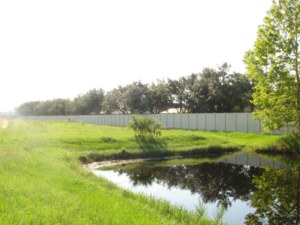
The conditions above may create an economically significant, environmental liability for you as the buyer. Once you enter into the chain of ownership, you are potentially liable for cleanup costs in the future. That is called joint and several liability in legalese and it could bankrupt a business, cause a default on the loan, and affect the market value of the property.
However, the federal Comprehensive Environmental Response, Compensation and Liability Act (CERCLA, aka Superfund, www.epa.gov/superfund) offers protection to the “innocent purchaser”. To qualify, a purchaser must exercise “due diligence” in determining whether a site is or could be contaminated. This is done by completing an Environmental Site Assessment (ESA) prior to the property transaction. The ESA is designed to determine if the property is or could be contaminated from past or current operations both on the site itself or on properties in the vicinity.
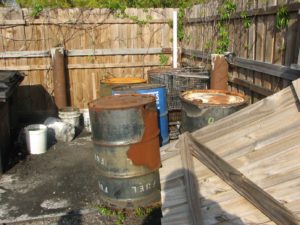 Environmental Site Assessments are conducted in phases. A Phase I ESA includes an inspection of the site and properties in the vicinity; review of environmental regulatory records, data, permits, and complaints; interviews of the buyer, seller, managers, and regulatory personnel; review of current and historical aerial photographs of the site and vicinity; review of environmental title search back to 1940; and review of nearby landfills, surface waters, and U.S. Geological Survey (USGS) topographical maps.
Environmental Site Assessments are conducted in phases. A Phase I ESA includes an inspection of the site and properties in the vicinity; review of environmental regulatory records, data, permits, and complaints; interviews of the buyer, seller, managers, and regulatory personnel; review of current and historical aerial photographs of the site and vicinity; review of environmental title search back to 1940; and review of nearby landfills, surface waters, and U.S. Geological Survey (USGS) topographical maps.
If the Phase I concludes that the site does not appear to be contaminated, you are done and can move on with the transaction. However, if it indicates that the site is or could be contaminated, then a Phase II ESA will be needed to test the soil, surface water, and groundwater to conclude the due diligence. But that is the topic of another paper.
The key to the ESA is exercising due diligence. Most purchasers of commercial properties retain environmental consulting firms to complete the ESA. Extreme care must be exercised in selecting the firm. It is not a situation where a penny saved is a penny earned. It can be more like a few hundred dollars saved can be thousands to millions of dollars lost.
As a consumer, you must make sure that the consulting firm has the experience, credentials, and qualifications to properly complete the ESA. This applies to the firm itself and to the actual staff members completing the ESA. Highly qualified principal consultants in offices miles away and not actually completing the ESA are of limited to no use.
Desired qualifications may include Professional Engineers, certified Environmental Site Assessors, and Professional Geologists. Of course, appropriate insurance coverage is a must. Check for inclusion of commercial general liability, professional liability, pollutant liability, workers compensation, and automobiles.
There is no requirement to have the ESA Reports submitted and approved by environmental regulatory agencies. However, some lenders and other entities use other environmental consulting firms or attorneys to conduct peer reviews of the Reports.
There are two ways that Environmental Site Assessments can help you. First, they can help you avoid acquiring contaminated properties. Second, if the ESA is completed properly and due diligence is exercised, Superfund is supposed to fund the cleanup if contamination is found later that could not be detected during the ESA. Ultimately, due diligence would be determined by the U.S. Environmental Protection Agency (EPA, www.epa.gov) or the courts.
Environmental Safety Consultants (www.escflorida.com) can make sure due diligence is exercised in completing your ESA. We have the credentials and experience to properly complete your Environmental Site Assessments. We are a Florida-licensed Engineering business with certified Environmental Site Assessors, a Professional Engineer (P.E.), environmental scientists, and 30 years of experience completing ESAs. We are just a telephone call (800-226-1735) or an e-mail away (escinc@verizon.net). Be diligent and contact us today!

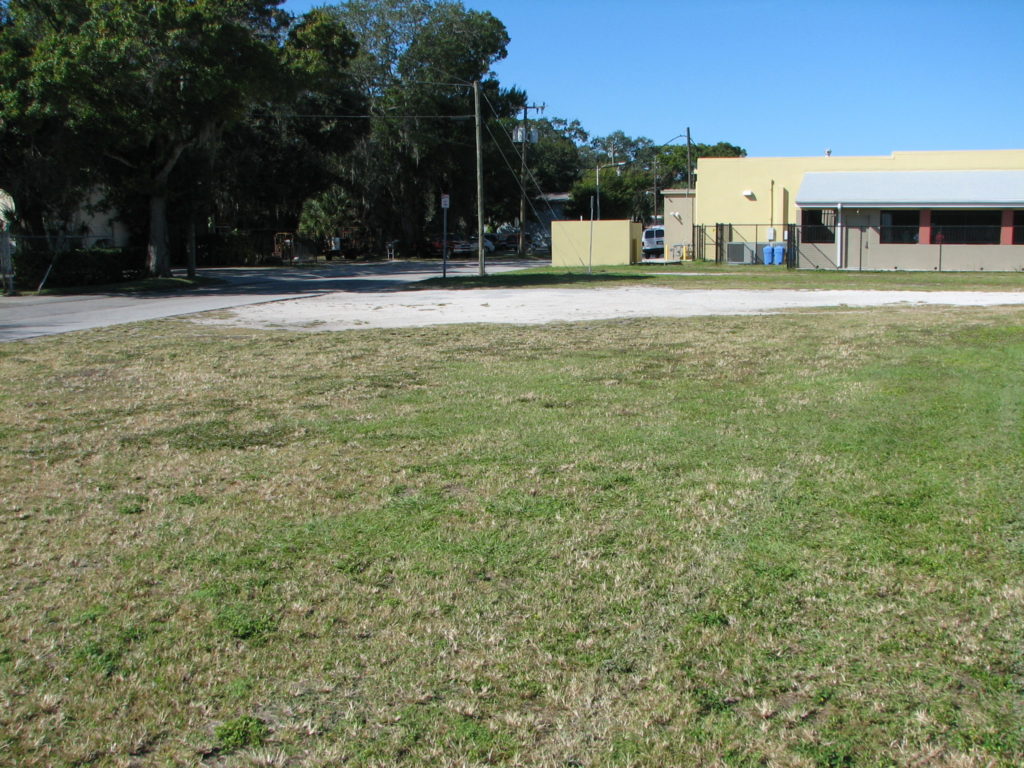
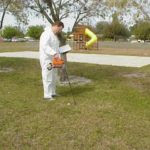
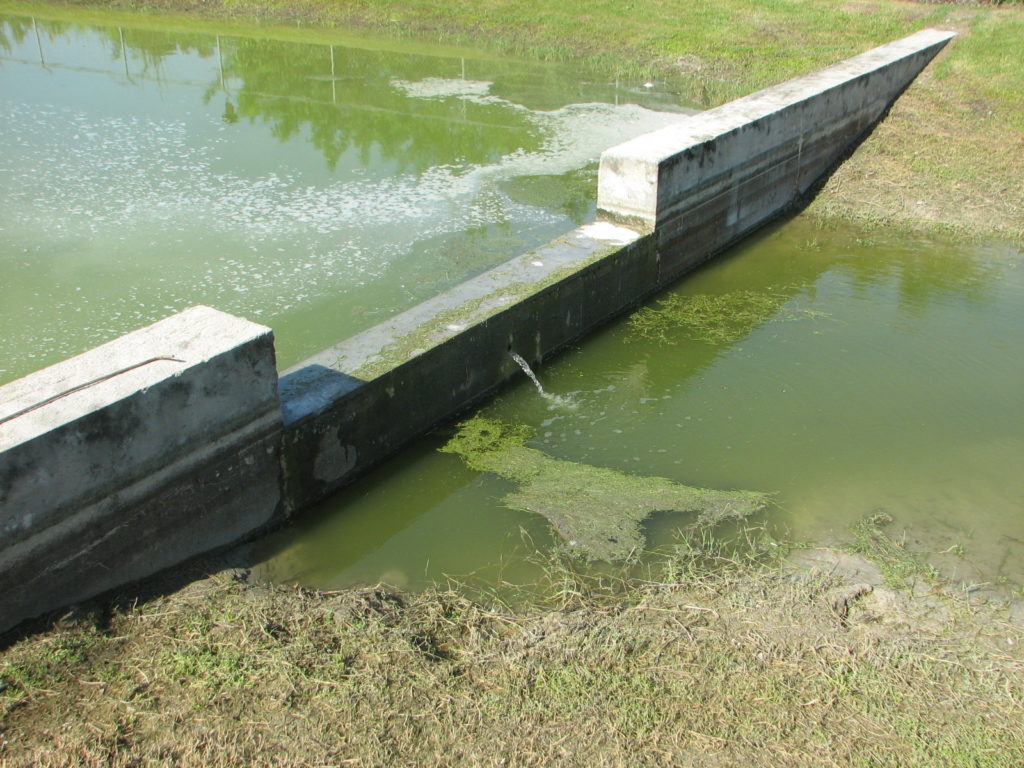
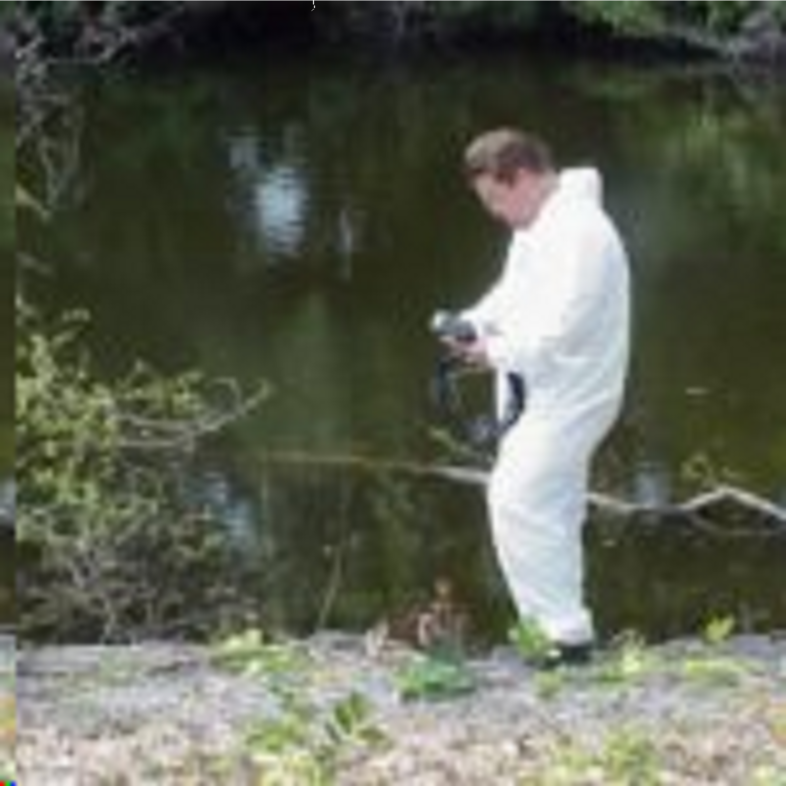
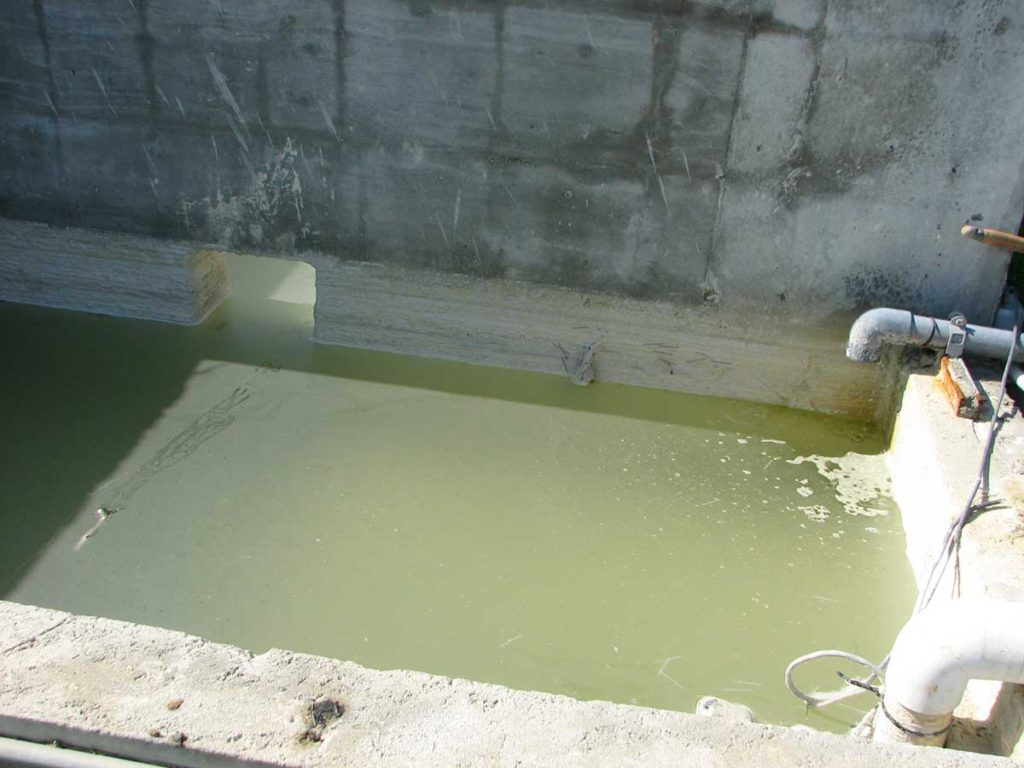 Florida Department of Environmental Protection (FDEP) regulates wastewater discharges in Florida. There are two types of wastewater, domestic and industrial. Domestic wastewater is sanitary wastewater or sewage, while industrial wastewater is generally everything else. Industrial wastewater can come from various sources. These include manufacturing plants, industrial operations, construction, agricultural production and processing, commercial businesses, car washes, food processing facilities, ready mix concrete plants, boat repair yards, marinas, petroleum and solvent cleanup sites, mines, and more.
Florida Department of Environmental Protection (FDEP) regulates wastewater discharges in Florida. There are two types of wastewater, domestic and industrial. Domestic wastewater is sanitary wastewater or sewage, while industrial wastewater is generally everything else. Industrial wastewater can come from various sources. These include manufacturing plants, industrial operations, construction, agricultural production and processing, commercial businesses, car washes, food processing facilities, ready mix concrete plants, boat repair yards, marinas, petroleum and solvent cleanup sites, mines, and more.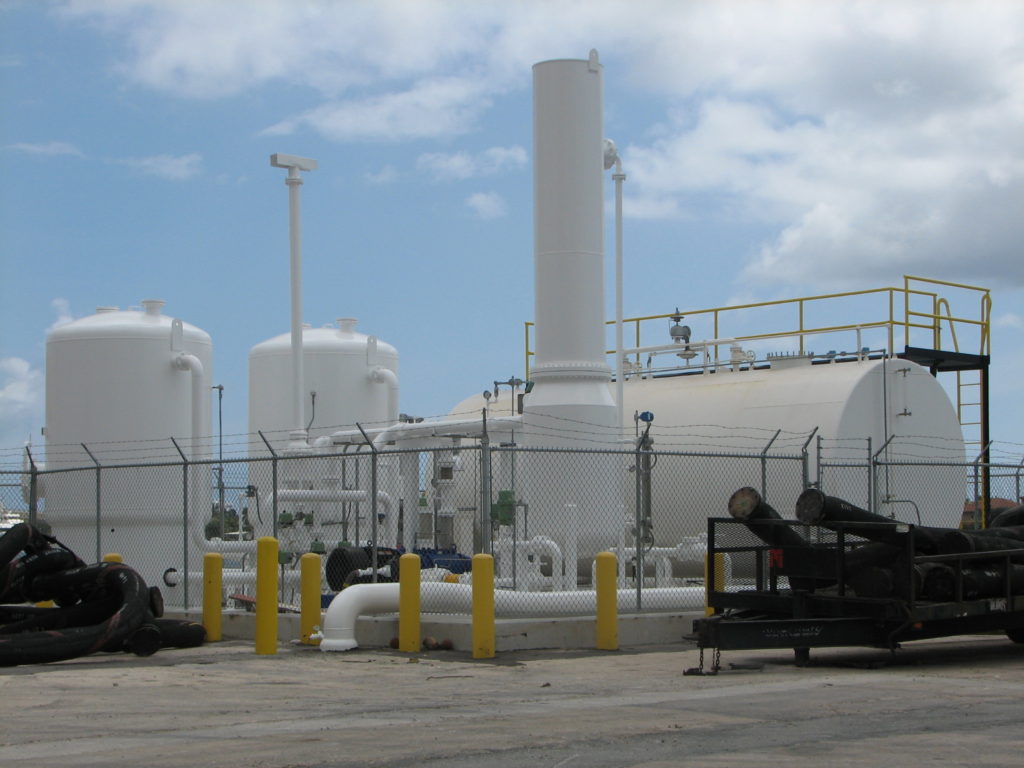

 Industrial hygiene testing is a hot topic as of late. You would have to be an ostrich with your head in the sand if you haven’t heard about silica on the job lately. Why all the hype? Well, there has been a lot of concern and posturing over the last few years. OSHA finally drew the line in the sand (no pun intended!) and lowered the 8 hour time weighted average (TWA) permissible exposure limit (PEL) to 50 micrograms per cubic meter (μg/m3). Employers had a lead time of a year or two to get into compliance, but many are in the throws of determining if they have a problem and, if so, of resolving it. The new limit applies to manufacturers, construction, maritime, and general industry employers. More information is available on
Industrial hygiene testing is a hot topic as of late. You would have to be an ostrich with your head in the sand if you haven’t heard about silica on the job lately. Why all the hype? Well, there has been a lot of concern and posturing over the last few years. OSHA finally drew the line in the sand (no pun intended!) and lowered the 8 hour time weighted average (TWA) permissible exposure limit (PEL) to 50 micrograms per cubic meter (μg/m3). Employers had a lead time of a year or two to get into compliance, but many are in the throws of determining if they have a problem and, if so, of resolving it. The new limit applies to manufacturers, construction, maritime, and general industry employers. More information is available on  The risks associated with indoor air pollutants can be great. But even more risky is choosing an untested, untrusted firm to test your building. Environmental Safety Consultants has been in business for over 30 years providing quick, professional testing services for homeowners and companies alike.
The risks associated with indoor air pollutants can be great. But even more risky is choosing an untested, untrusted firm to test your building. Environmental Safety Consultants has been in business for over 30 years providing quick, professional testing services for homeowners and companies alike.